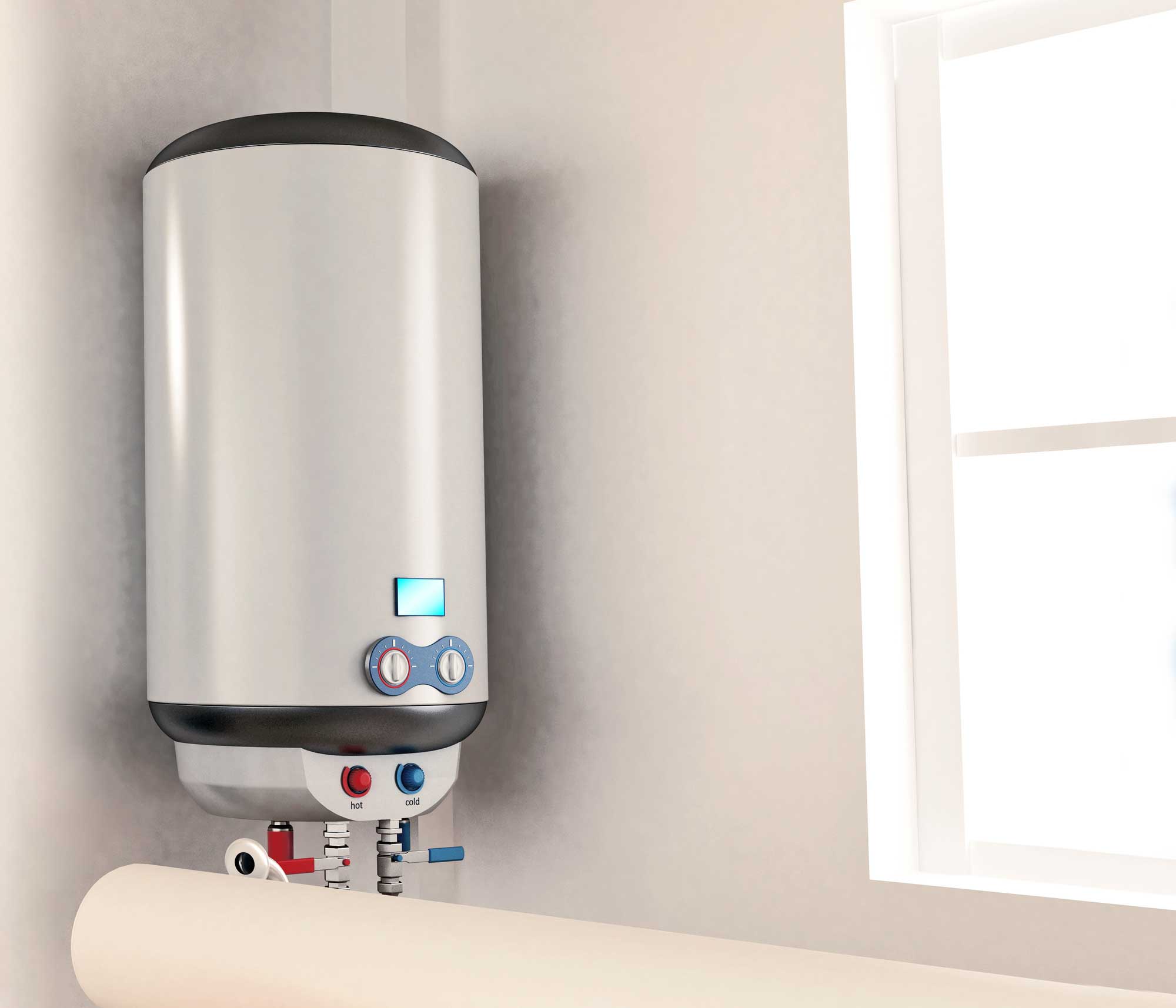Traditional tank water heaters may struggle to meet the high demands of large households. Who wants to deal with the hassle of cold showers or waiting for more water to heat up? Tankless water heaters offer continuous hot water for large families. But how about flow rate and installation costs? Weigh upfront costs vs. long-term savings, and get expert sizing advice for optimal water heater performance.
How Tankless Water Heaters Work
A gas or electric tankless water heater for a large house is a very appealing option for large families. Unlike traditional storage tanks, tankless water heaters heat water on demand. They use either natural gas or electricity to rapidly heat water as it flows through the unit. They are extremely efficient and provide continuous hot water.
Benefits of a Tankless Water Heater for Large Families
- Never run out of hot water: Because tankless heaters heat water on demand, you won’t risk running out of hot water when multiple water sources are used. That makes for an efficient morning routine, as multiple family members can enjoy hot showers at the same time.
- Save on energy costs: Tankless hot water heaters only heat water when needed. This dramatically reduces energy consumption compared to traditional tank heaters that heat water continuously. The Department of Energy says this on-demand hot water solution can save up to 34% on your energy costs.
- Save space: Tankless units are also compact — about the size of a small suitcase — and wall-mounted, freeing up floor space.
- Long-term investment: Tankless water heaters also tend to have a longer lifespan. Some units are still working efficiently at 20 years, reducing your costs for replacement.
Challenges of Using a Tankless Water Heater in a Large Home
With so many benefits, you may be asking, “What is the downside of a tankless water heater?”
There are a couple of challenges you should know about to make the right decision for your family.
- Limited flow rate: Even large tankless units can have a limited flow rate. If everyone in your family decides to take a shower at the same time you’re doing laundry and running your dishwasher, your unit may struggle to keep up.
- Delayed hot water arrival: Because water is heated on demand, it may take a moment before hot water gets to your faucet, especially when it has to travel further to appliances.
- Increased upfront expense: A tankless water heater will be more expensive to install than a traditional tank. However, energy savings and lifespan will generally save you money in the long run.
- Retrofitting requirements: Depending on your home, you may also need some retrofitting, such as electric upgrades, gas lines or even multiple units to meet demand.
Solutions To Maximize Performance in Large Households
To optimize performance for large households, a key will be choosing the right size unit. The professionals at Payless Water Heaters have extensive experience using a tankless water heater size calculator to make sure you’re right-sizing your installation. In some cases, you may want to consider installing multiple units. Other ways to maximize performance include:
- Install a recirculating pump: This solves much of the delay issue by keeping hot water circulating. Modern systems can be programmed to run during high-use periods to minimize energy usage.
- Install point-of-use tankless heater: This unit can supplement your system. For example, if you have an outbuilding or an area of your home that is far away from the main unit.
- Choose water-saving fixtures: These include low-flow shower heads and water-efficient appliances. This can help large families with high hot water usage while also lowering utility bills.
Is a Tankless Water Heater the Right Choice for Your Family?
The upfront cost to install a tankless water heater for a large family will be higher, but the energy savings and longer lifespan make it a great investment. For the largest homes, a single water heater may not be enough (whether you choose tankless or a tank water heater). Installing multiple units or add-on units can optimize your performance.
Frequently Asked Questions
- What size tankless water heater do I need for a family of 2?
For a family of two, a 7 gpm tankless water heater with 100,000-140,000 BTU capacity is typically adequate for your daily hot water needs. - What’s the right tankless water heater size for a family of 4?
For a family of four, a 10 gpm tankless water heater with 140,000-199,000 BTU capacity is typically sufficient to handle multiple simultaneous hot water uses. - What size tankless water heater do I need for a family of 5?
A family of five generally requires a tankless water heater with a higher flow rate to meet the higher hot water demand.
Keep in mind several variables impact the tankless water heater sizing chart. Your usage patterns, the size of your home, local groundwater temperature, and existing plumbing all make a difference. Consult with a licensed plumbing professional at Payless Water Heaters to calculate your exact needs for your home.
Considering a tankless water heater for your large family? Contact Payless Water Heaters at (888) 548-5632 for expert advice, installation and customized solutions to meet your home’s hot water needs!


